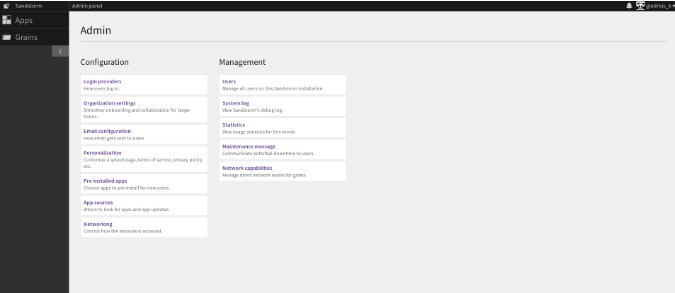Sandstorm is an excellent server organizer that lets you run your own server and easily install apps like EtherCalc, GitLab, Etherpad, Wekan, and more. It simplifies login and access control and can run any web app that operates on Linux. However, some apps may require adjustments to work within Sandstorm's sandbox environment. In this guide, we'll walk you through the installation process.
Prerequisites
Ensure that you're using a recent version of a compatible Linux distribution.
Installation Steps
To begin the installation, run the following command in your terminal:
curl https://install.sandstorm.io | bash
This command starts the installation, guiding you through a wizard via your terminal and web browser.
Once the wizard starts in your terminal, you’ll be prompted to answer a few questions:
- How are you going to use this Sandstorm install?
Simply press "Enter."
- Rest assured that Sandstorm itself won't run as root. OK to continue?
Type "yes" and press "Enter."
- What *.sandcats.io subdomain would you like?
Enter your preferred subdomain name to access Sandstorm.
- Enter your email address:
Provide your email address, which will be used for domain recovery.
After completing these steps, you'll receive a message containing a link. This link will be used to continue the setup in your web browser. The link will look something like this:
https://yourdomain.sandcats.io/setup/token/xxxxxxxxxxxxxxxxxxxxxxxxxx
Open the link in your browser and follow the remaining setup steps. Enter the required details, configure settings based on your preferences, and press "Next" until the setup is complete.
Once the installation is finalized, access Sandstorm by visiting a link similar to this:
https://yourdomain.sandcats.io/admin

Congratulations! Your Sandstorm installation is complete. You can now start using the software through the provided link.
For more information about Sandstorm's features, visit Sandstorm Features.